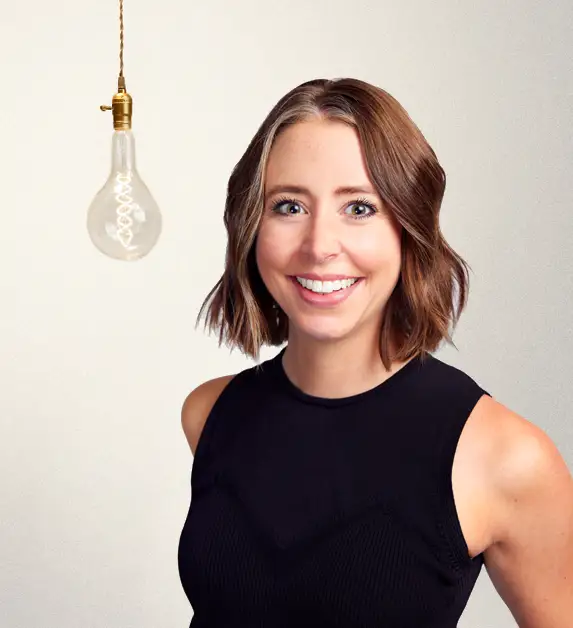
What We Can Learn From the Patients Behind the Profiles
by Christine Schwall-Pecci, with content consultation from Kerri McLeod
Adult male, 50 years of age, retired FDNY firefighter. Optimal health until ~1 year prior when presented with a low red blood cell count and prescribed routine blood transfusions. Symptoms progressed with lump forming above the knee and currently presents with continued low red blood cell count, looking for another opinion after diagnosis of lymphoma. Current diagnosis: acute myeloid leukemia (AML) to be treated with 4 rounds of chemotherapy and prepared for bone marrow transplant. After each chemo round, patient to be prescribed calcium channel blocker, proton-pump inhibitor, NSAID, antifungal, antibiotic, and multiple pain medications, including morphine and oxycodone.
This adult male was my father, who after being diagnosed with AML in the fall of 2006, passed away in the spring of 2007 at the age of 51. He never made it to the last round of chemotherapy or to the donor already identified for his bone marrow transplant.
In pharmaceutical marketing, patient profiles are a powerful tool to help communicate important information to healthcare professionals about patient eligibility. However, there is often still a gap that needs to be bridged between a physician’s knowledge and the patient’s and caregiver’s interpretation of the facts.
I observed this firsthand with my family’s experience. During the time of my dad’s treatment, I was in college, naive to the fact that anything bad could actually happen to him. I largely ignored anything was happening, tried to avoid visiting the hospital, and lulled myself into believing that he would end up fine and this was just a bump in the road. As my brother was still in high school, this left my mom to navigate the complex considerations related to treatment options essentially on her own, swirling in the jargon thrown at her by doctors, nurses, insurance companies, debt collectors, and the like. When I ask her about the experience now, 15 years later, she has no notes written down of what chemotherapies my father received and barely remembers his initial diagnoses before AML.
What she does remember is how she felt—numb, in denial, confused, frustrated, overwhelmed, helpless, and hopeless. Only a sampling of the emotions that patients and their families and caregivers feel as they traverse this diagnosis and treatment journey.
Educational resources have come a long way in 15 years, and in this industry we are always aiming to make sure the materials we develop are easy to understand and empower patients to ask the right questions. But it’s critical to recognize just how confused and overwhelmed patients and their caregivers can feel in that moment of conversation with a doctor,1 and continue to pressure test how we can make this more simple for them. Do we design shorter pieces that are chapterized and topic-specific so that they build on each other? They could also be parsed out in sequence so that topics align with the stage of the patient’s treatment journey.
The importance of coordination between HCP and patient education efforts can also not be underestimated, so that HCPs fully understand the rationale behind recommendations for patient discussions and are armed with the right tools to have their practices and support staff implement optimal approaches.
Let me push this further—are we doing enough to encourage honesty and partnership in these conversations between HCPs and patients? Patients routinely express that they want to realistically understand their prognosis and be a part of the decision-making,2,3 so how can we provide HCPs with the tools to empower them to be upfront with patients about their outcomes and risks?
HCPs and their care teams could benefit from tips on how to have these conversations and some sample questions to ask their patients—particularly for rare diseases where they may not be as familiar with the nuances of a patient’s challenges. While patient discussion guides are standard materials, complementary training resources for nurses on how to consider and manage not just their patients’ emotions throughout the discussion, but their own emotions as well, could also improve the impact of key discussions.
While we may not have the ideal path forward in place quite yet, we can continue to do better to keep the unique needs of patients and physicians who are currently on this journey together top of mind. At BGB Group, we are committed to continuing exploration and implementation of approaches that can help bridge the communication gap between patients and HCPs, as well as strengthen health literacy for broader patient populations. Moving toward optimism, empowerment, truth, proactivity, and hope.
References:
- Sekeres MA, Gilligan TD. How much do you want to know about your cancer? Published June 1, 2016. Accessed October 5, 2022. https://archive.nytimes.com/well.blogs.nytimes.com/2016/06/01/how-much-do-you-want-to-know-about-your-cancer/?rref=collection%252Fsectioncollection %252Fhealth&action=click&contentCollection=health®ion=rank&module=package&version=highlights&contentPlacement=2&pgtype=sectionfront.
- Johnston FM, Beckman M. Navigating difficult conversations. J Surg Oncol. 2019;120(1):23-29.
- MacKenzie AR, Lasota M. Bringing life to death: the need for honest, compassionate, and effective end-of-life conversations. Am Soc Clin Oncol Educ Book. 2020;40:1-9. doi:10.1200/EDBK_279767.